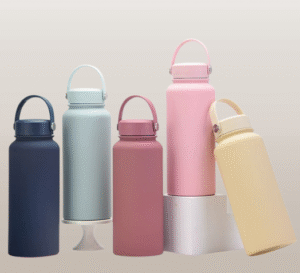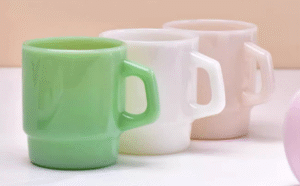Are you struggling to show customers why your reusable bottle is an essential daily item? You talk about features, but miss the core benefits that build lasting, daily habits.
Using a water bottle primarily drives consistent hydration for better health, saves you significant money over time, and dramatically reduces your environmental footprint. It is a simple tool with powerful, compounding benefits.

When I first started in this industry, I saw bottles just as containers. But as I worked with brands to develop successful products, I realized we aren't just selling a vessel. We are selling hydration, health, and a sustainable lifestyle. The bottle is simply the tool that makes all those benefits easier to achieve. For a product developer like you, understanding these fundamental benefits is the key to designing a product that doesn't just sell once, but becomes a cherished part of your customer's daily routine.
Is It Really That Good to Drink from Your Water Bottle Every Day?
You know hydration is important, but it's so easy to forget. This leaves you feeling tired and unfocused, hurting your well-being and productivity without you even realizing it.
Yes, drinking from a water bottle daily is one of the best things you can do for your health. It serves as a constant visual cue to drink enough water, boosting your energy levels, improving brain function, and keeping your skin healthy.
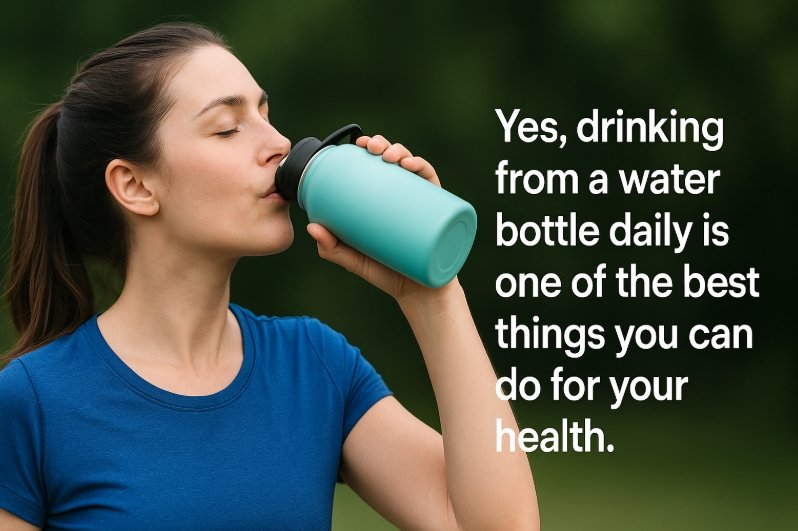
I remember a client who developed a fitness app. They found that users who tracked their water intake were far more likely to stick to their workout routines. This taught me that a water bottle isn't passive; it's an active tool for wellness. It makes an abstract goal—"drink more water"—into a concrete, manageable task. The simple act of filling it in the morning and keeping it nearby creates a powerful habit that supports every other aspect of a healthy lifestyle.
Making Consistent Hydration Effortless
The human body is about 60% water. Every single system depends on it. Consistent hydration isn't just a recommendation; it's a requirement for your body to function at its best. A reusable water bottle is the most effective device to ensure you meet this need.
- Creates a Visual Reminder: Out of sight, out of mind. Having a physical bottle on your desk or in your bag is a constant, gentle nudge to take a sip. It's much more effective than relying on memory alone.
- Makes Tracking Easy: Many modern bottles are designed with features that help turn hydration into a habit. For you as a developer, this is a huge area for innovation.
Here are some features that transform a bottle into a hydration coach:
| Feature | How It Encourages Drinking |
|---|---|
| Volume Markings | Allows users to see exactly how much they've had and what's left. |
| Time Markers | Gamifies hydration by setting small, achievable goals all day. |
| Appealing Design | A bottle you love to look at is one you're more likely to carry. |
| Easy-Sip Lid | A straw or chug lid reduces friction, making it easier to drink. |
By integrating these features, you're not just designing a bottle. You are designing a system that helps your customers feel more energetic, think more clearly, and achieve their wellness goals. That is a powerful value proposition.
Are There Actually Any Benefits to Single-Use Bottled Water?
You see them everywhere—disposable plastic bottles. You know your reusable products are superior, yet single-use water remains a massive market, making you wonder about its persistent appeal.
The primary benefit of single-use bottled water is its immediate convenience and accessibility. It provides a sealed, presumptively safe source of hydration when you're traveling or in a situation without access to trusted tap water.
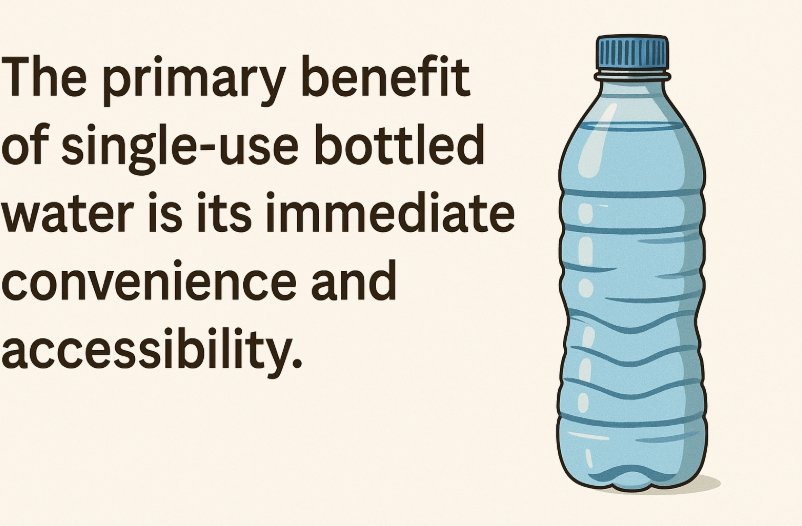
While my business is built on reusable drinkware, I have to be pragmatic. I've been caught at an airport after a long flight, completely dehydrated, and bought a bottle of water. That convenience in a moment of need is its killer feature. Understanding this helps us as developers. We aren't just competing on sustainability; we're competing on convenience. This means we must design reusable bottles that are so easy to carry, fill, and use that they become even more convenient than buying a disposable one.
Comparing Convenience to Long-Term Value
While single-use bottles win on immediate availability, their benefits quickly diminish when you look at the bigger picture. For a product developer, articulating this difference is key to showing the superior value of a reusable bottle.
- The Convenience Factor: Its strength is in unplanned moments. You're out and about, thirsty, with no other options. It's a quick, easy solution that requires no forethought.
- The Reusable Advantage: A reusable bottle shifts the convenience. The effort is front-loaded: you have to remember to fill it and bring it with you. However, once that habit is formed, it becomes far more convenient. You have water whenever you want, you don't need to find a store, and you never have to pay for it.
Let's break down the comparison:
| Factor | Single-Use Bottled Water | Quality Reusable Bottle |
|---|---|---|
| Upfront Cost | Low (per bottle) | Medium to High (one-time purchase) |
| Long-Term Cost | Extremely High | Virtually Zero |
| Environmental Impact | Very High (waste, carbon footprint) | Very Low |
| Health Control | Unknown water source, potential for microplastics | You control the water source and quality |
| Convenience | High in unplanned situations | High once it becomes a daily habit |
The story we need to tell is that a small investment in a quality reusable bottle pays massive dividends in cost savings, environmental responsibility, and health assurance.
What Does Drinking from Water Bottles Actually Do to Your Body?
You hear a mix of messages about water bottles. One article praises hydration, while the next warns about chemicals, making it tough to market your drinkware with confidence.
Proper hydration from any bottle is vital for flushing toxins, aiding digestion, and keeping organs functioning. The bottle's material is what matters for health; quality reusables provide pure hydration, while some single-use plastics risk leaching chemicals.
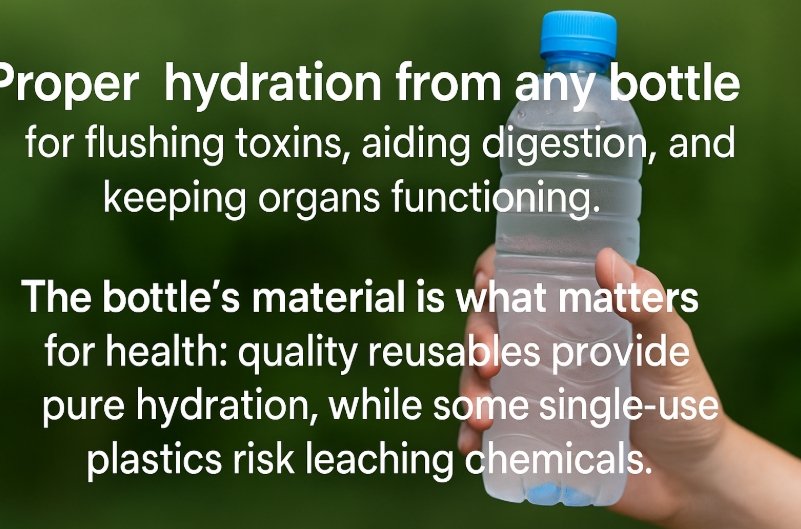
What your customers drink from is just as important as what they drink. I always emphasize this to my partners. We have a responsibility to not only provide a container but to ensure that container is safe and preserves the purity of the water. The story isn't just about hydration; it's about safe hydration. By choosing stable, certified materials like stainless steel, Tritan, or PP, we provide peace of mind that a disposable bottle simply cannot match.
The Two Sides of the Coin: Hydration and Material Safety
Drinking water has a profound and immediate impact on your body. The bottle's role is to deliver that water cleanly and safely.
Positive Effects of Hydration:
First, let's focus on the universal good. When your body is well-hydrated:
- Energy Levels Soar: Dehydration is a leading cause of daytime fatigue.
- Brain Function Improves: Proper hydration is linked to better focus, memory, and mood.
- Your Body Cleanses Itself: Water is essential for the kidneys to filter waste from your blood and excrete it.
- Digestion Works Smoothly: Water helps break down food and prevent constipation.
The Impact of the Container:
This is where the bottle itself becomes critical. The wrong container can undermine the benefits of the water it holds.
- Safe Reusables (Stainless Steel, Glass, Tritan, PP): These materials are chosen for their stability. They are inert, meaning they don't react with the water. They are tested to be free of harmful chemicals like BPA, so you're only getting water.
- Risks of Single-Use Plastics (PET): These bottles are designed for one-time use. When they are reused, exposed to heat (like in a car), or become old and scratched, the plastic can begin to break down. This creates a risk of leaching chemicals and shedding microplastics into the very water you're drinking for your health.
The message is clear: hydrate for your health, and use a quality reusable bottle to protect that health.
How Often Should You Really Be Using and Cleaning Your Water Bottle?
You design a fantastic, durable bottle, but what if customers don't know how to care for it? Bad smells or tastes from improper cleaning can lead to a negative experience and unfair reviews.
You should use your water bottle every day to stay hydrated and wash it daily with soap and water to prevent bacteria. A quality bottle lasts for years, but should be replaced if it's cracked, damaged, or can no longer be cleaned effectively.
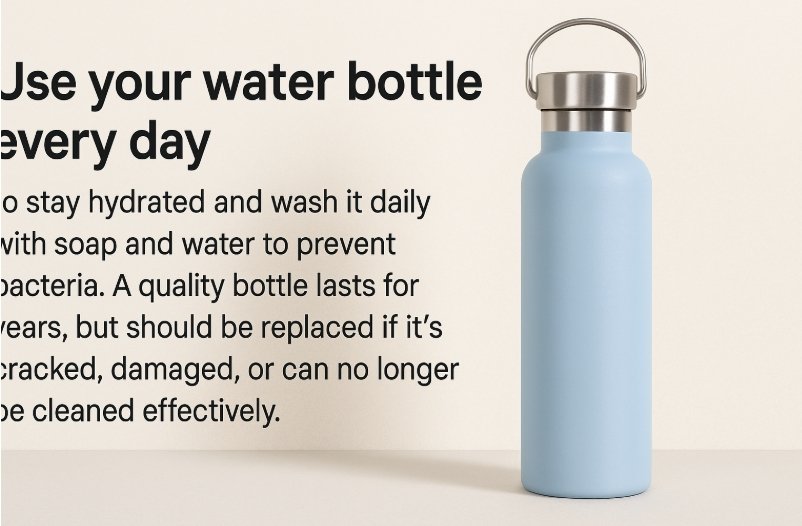
I always advise brands to include clear and simple care instructions with their products. It's a small detail that makes a huge difference. Think of it as part of the product experience. A bottle that is easy to clean is a bottle that will be used more often. By educating your customers on proper care, you ensure they have a positive experience from day one and for years to come, which builds incredible brand loyalty.
A Guideline for Bottle Use and Care
A reusable water bottle is a daily-use item, and it requires daily care, just like any other dish in your kitchen. As a developer, designing for easy maintenance is a key feature.
Daily Use and Washing
Treat your water bottle like a coffee mug. Would you refill yesterday's unwashed mug? Probably not. Bacteria can thrive in a moist environment. A quick wash with warm, soapy water at the end of each day is the best practice. For a deeper clean, especially for bottles with complex lids, a bottle brush is a great tool. Many high-quality bottles made from stainless steel, Tritan, or PP are also top-rack dishwasher safe, a major convenience feature to consider in your designs.
When to Replace Your Bottle
A good bottle is an investment that should last for years, but not forever. Here are the signs it's time for a new one:
| Sign | Why It Matters |
|---|---|
| Cracks or Dents | Cracks can harbor bacteria. A major dent can break the vacuum seal in an insulated bottle. |
| Persistent Odor | If a deep clean can't remove a smell, the material may have degraded or absorbed odors. |
| Worn-Out Seals | If the lid's silicone seal is stretched or broken, the bottle will leak. |
| Deep Scratches | Deep scratches, especially inside a plastic bottle, can be difficult to clean properly. |
By building durable products and teaching customers how to care for them, you create a cycle of trust and long-term satisfaction.
Conclusion
Using a quality water bottle daily is a simple habit. It's great for your health, wallet, and the planet. It is one of the easiest, most impactful changes anyone can make.

